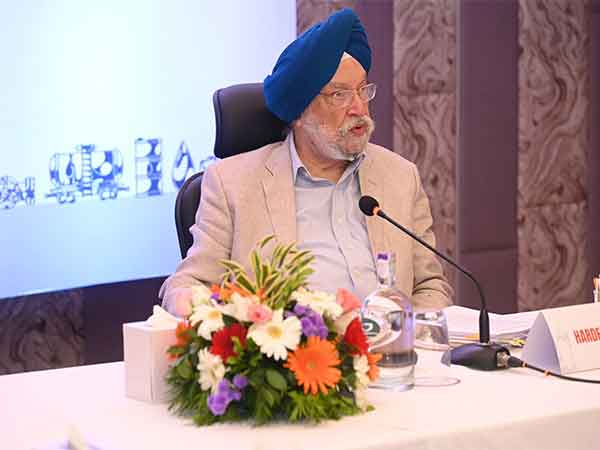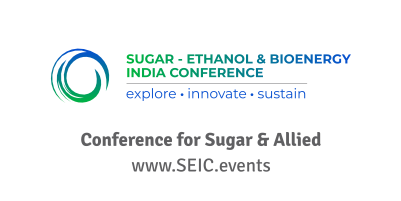Union Petroleum Minister Hardeep Singh Puri on Friday welcomed the Union Cabinet’s decision to provide ₹30,000 crore in financial support to state-run oil marketing companies (OMCs), a move aimed at maintaining stable Liquefied Petroleum Gas (LPG) prices for consumers despite global market volatility.
Chaired by Prime Minister Narendra Modi, the Cabinet approved the compensation package, which will be disbursed in 12 instalments. The decision comes as a response to the heavy financial burden faced by OMCs that have absorbed rising international costs to ensure domestic LPG remains affordable.
Even as global prices surged—highlighted by a 63% rise in the Saudi CP benchmark—the government opted not to pass on the burden to households. This policy, according to the minister, has shielded millions of Indian families, especially women, from fuel price shocks.
“Even when global prices soared, Prime Minister Modi ensured that our mothers and sisters remained unaffected by the increase. This Cabinet decision to compensate OMCs with ₹30,000 crore reflects that commitment,” Puri said in a post on social media platform X.
The minister also emphasized that OMCs have endured significant losses to provide LPG at nearly half the price it is sold for in neighbouring countries. In FY 2024–25 alone, these public sector firms incurred under-recoveries of approximately ₹41,000 crore by keeping prices regulated.
“The compensation aims to partially reimburse these losses while supporting the financial stability of IOCL, BPCL, and HPCL—the three public sector OMCs responsible for LPG supply,” Puri added.
According to the government, India currently supplies LPG cylinders at some of the lowest prices globally, despite being a net importer. Over 10.33 crore households under the Pradhan Mantri Ujjwala Yojana (PMUY) benefit from subsidized cooking gas, enabling families to prepare meals at a cost as low as ₹6 per day.
Every day, around 56 lakh domestic LPG cylinders are delivered across the country, with nearly six crore consumers visiting retail outlets. The government has also made significant progress in expanding LPG infrastructure, including the laying of nearly 3,000 km of LPG pipelines since 2014.
Highlighting key projects, Puri pointed to the Kandla-Gorakhpur LPG pipeline—the world’s longest at 2,805 km—and the under-construction Paradip-Haldia-Motihari line spanning 1,707 km.
The government stressed that this financial support will help OMCs continue meeting critical obligations such as crude procurement, debt servicing, and capital investments. It also underscores the administration’s broader strategy to provide affordable, clean cooking fuel and ensure uninterrupted domestic LPG supply, particularly in rural and underprivileged areas.
“This step reaffirms our commitment to insulating Indian households from global energy volatility, while preserving the financial health of our public sector enterprises,” the minister concluded.














